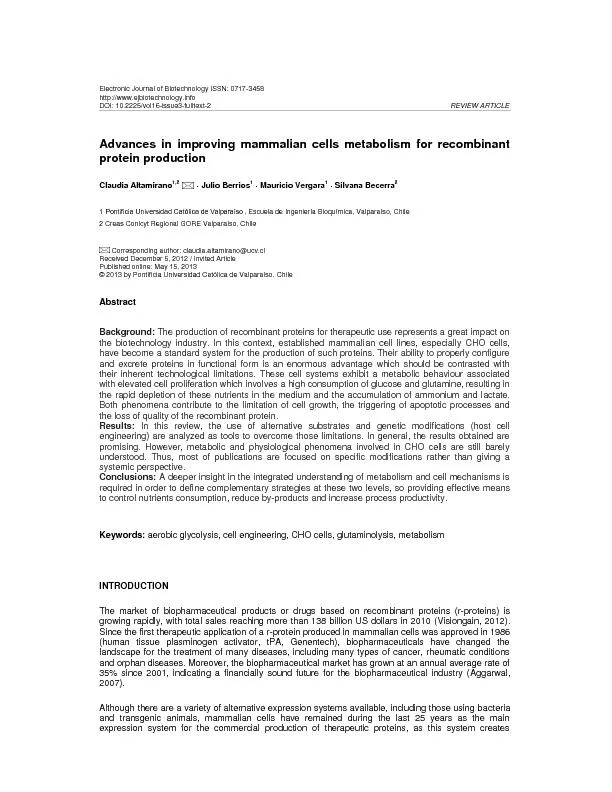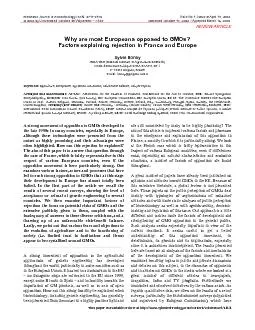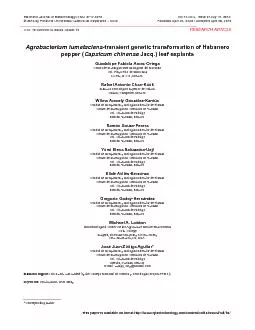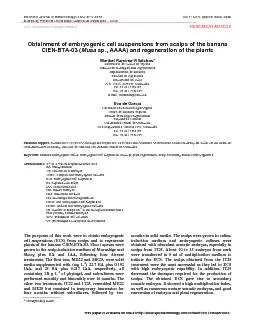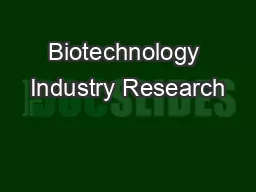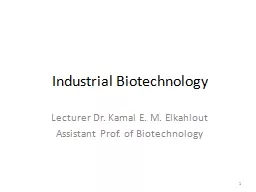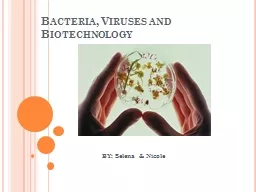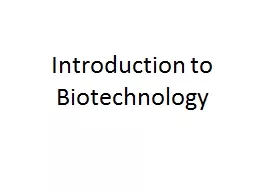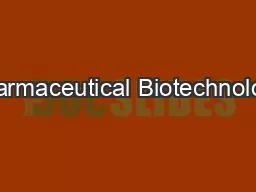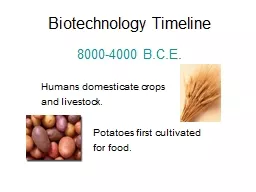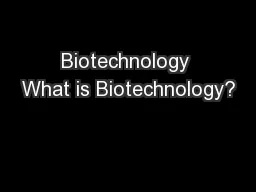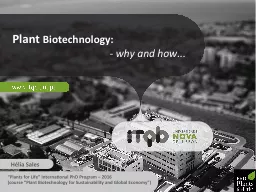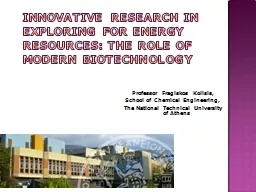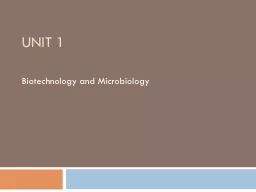PDF-Electronic Journal of Biotechnology ISSN: 0717
Author : stefany-barnette | Published Date : 2016-06-24
3458 httpwwwejbiotechnologyinfo DOI 102225vol1 6 issue 3 fulltext 2 REVIEW ARTIC LE Advances in improving mammalian cells metabolism for recombinant protein
Presentation Embed Code
Download Presentation
Download Presentation The PPT/PDF document "Electronic Journal of Biotechnology ISSN..." is the property of its rightful owner. Permission is granted to download and print the materials on this website for personal, non-commercial use only, and to display it on your personal computer provided you do not modify the materials and that you retain all copyright notices contained in the materials. By downloading content from our website, you accept the terms of this agreement.
Electronic Journal of Biotechnology ISSN: 0717: Transcript
Download Rules Of Document
"Electronic Journal of Biotechnology ISSN: 0717"The content belongs to its owner. You may download and print it for personal use, without modification, and keep all copyright notices. By downloading, you agree to these terms.
Related Documents

